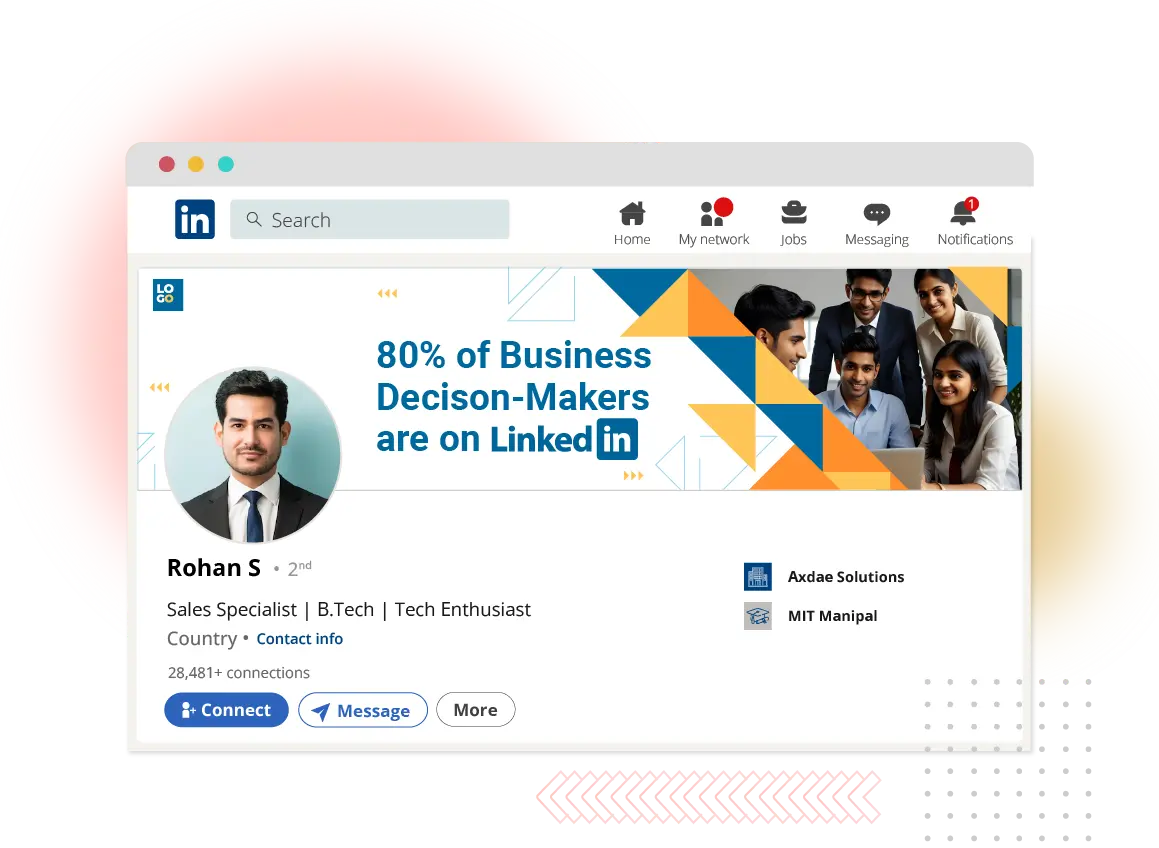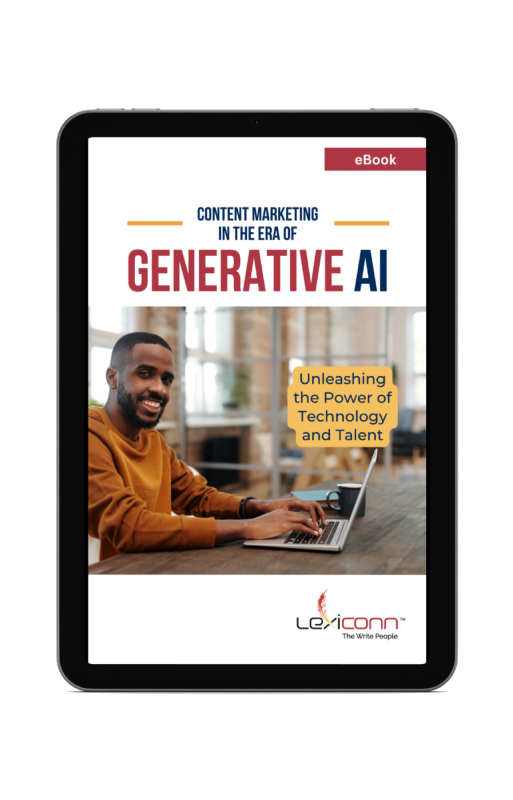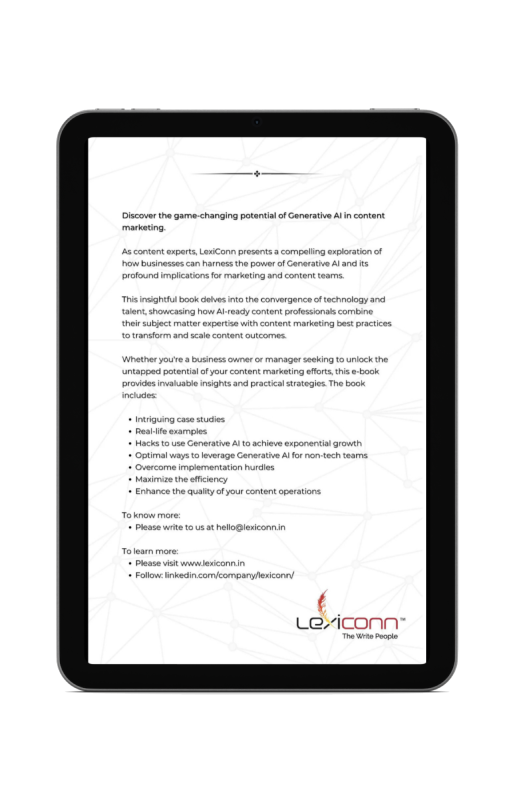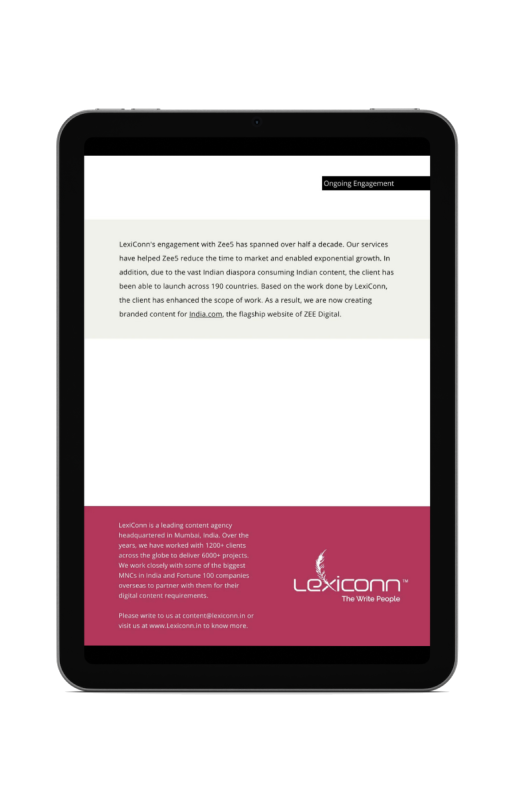
Case studies aren't just stories; they're proof. They show potential clients what's possible, without feeling like a sales pitch.
But here's the thing—not all platforms are built the same. Case studies might get buried in a blog, lost in an email, or feel too formal in a whitepaper. On LinkedIn, they thrive. Here's why.
B2B LinkedIn marketing thrives on credibility, and LinkedIn itself functions like a digital word-of-mouth network. When a company shares a case study, it's not just talking about success—it's showing real impact.
Think about this:
Case studies add authenticity to LinkedIn branding for executives and personal branding for professionals. Unlike traditional ads that push for attention, they naturally draw people in. That's why they're a key piece of any social media strategy for enterprises aiming to build trust and influence.
LinkedIn branding for executives rewards engagement, and case studies deliver. The platform's algorithm prioritizes content that sparks discussion, making B2B LinkedIn marketing more effective when conversations happen naturally.
For LinkedIn branding for executives and personal branding for professionals, case studies create the kind of interaction that builds credibility. And since engagement boosts visibility, a well-crafted case study can reach thousands—without relying on ads. That makes it a smart addition to any social media strategy for enterprises.
Case studies position you as an industry leader. Instead of just saying, "We're experts in B2B LinkedIn marketing," case studies let your results speak for themselves.
For LinkedIn branding for executives and personal branding for professionals, it's not about claiming expertise—it's about proving it. Case studies turn success stories into thought leadership content that builds trust and credibility. That's the kind of content that stands out in any social media strategy for enterprises.
Case studies can be presented in multiple formats, making them powerful tools for B2B LinkedIn marketing. LinkedIn's flexibility allows you to present them in different ways to keep your audience engaged.
For LinkedIn branding for executives and personal branding for professionals, repurposing case studies into different formats helps maximize reach without feeling repetitive. It's an easy way to integrate thought leadership content into a social media strategy for enterprises that keeps decision-makers interested.
Case studies are highly shareable, making them a valuable asset for B2B LinkedIn marketing. A strong case study doesn't just sit on your profile—it spreads organically, increasing visibility.
For LinkedIn branding for executives and personal branding for professionals, this isn't just content—it's organic lead generation. A well-crafted case study fits seamlessly into an enterprise's social media strategy, helping you reach decision-makers without paid promotions.
Case studies turn cold leads into warm conversations, making B2B LinkedIn marketing more effective. Instead of sending a generic connection request, you can provide value right away.
Example message: "Hi [Name], we recently helped [Company] increase LinkedIn engagement by 3x. Thought you might find this case study interesting—let me know if you'd like to chat!"
This approach removes the hard sell from LinkedIn branding for executives and personal branding for professionals. It makes outreach feel natural, positioning you as a trusted resource. That's the power of thought leadership content in a social media strategy for enterprises—building relationships before making a pitch.
People love stories—especially when they prove a point. A well-crafted case study doesn't just showcase your success; it helps potential clients see themselves in the success story.
Now, let's break down exactly how you can use case studies as part of your LinkedIn branding for executives, personal branding for professionals, and B2B LinkedIn marketing strategy.
Not all success stories make great LinkedIn content. You want case studies that:
For example, if you're targeting tech startups, a case study about helping a large corporate bank may not be relatable. But a success story about scaling a SaaS company? That's gold.
Sure, numbers matter. But LinkedIn is a social platform—people scroll for engaging content, not corporate reports. So, turn your case study into a story:
Example LinkedIn Post:
"When XYZ Tech came to us, they were struggling to generate inbound leads. Their LinkedIn content wasn't getting traction, and their sales team was running out of prospects. We revamped their LinkedIn strategy, optimized executive branding, and implemented thought leadership content. The result? A 3x increase in inbound leads in just 6 months. Here's what worked..."
See how that pulls people in? It's not just "We helped XYZ grow." It's a story with a clear before-and-after.
A plain-text case study can work, but LinkedIn loves visual content. Try this:
This makes your content stand out in the feed, driving higher engagement and reach.
Case studies don't have to be standalone posts. Weave them into your thought leadership content:
Example Comment:
"Great point! We actually ran a campaign for a B2B SaaS company that faced this same challenge. By optimizing their LinkedIn branding for executives, they saw a 60% increase in profile views and 2x more inbound leads. Happy to share more if you're interested!"
This positions you as a go-to expert without sounding salesy.
Why stop LinkedIn branding for executives with just posts? Use case studies to drive direct leads:
Example DM:
"Hi [Name], I noticed your team is working on [problem]. We helped a similar company solve this with [strategy]. Would you like me to send over the case study?"
This keeps the conversation warm without feeling pushy.
If you've ever shared a case study on LinkedIn and heard crickets, you're not alone. Case studies are powerful for B2B LinkedIn marketing, personal branding for professionals, and LinkedIn branding for executives, but only if done right.
A well-crafted case study builds credibility, attracts engagement, and even brings in leads. A poorly done one? It gets ignored or, worse, feels like a boring sales pitch.
Let's break down what works and what doesn't when posting case studies on LinkedIn for LinkedIn branding for executives.
Nobody logs onto LinkedIn to read a sales brochure. The best case studies feel like stories, not corporate reports.
Example:
Nope: "Our service helped XYZ Company increase revenue by 70%. Contact us for a consultation."
Yes: "XYZ Company was struggling to convert leads on LinkedIn. We adjusted their content strategy, and in 3 months, their revenue jumped by 70%. Here's how..."
What works? A problem, a solution, and a transformation. Keep it engaging.
A case study should highlight your client's journey, not just your company's success. If your post sounds like a self-congratulatory speech, people will scroll past it.
Wrong Approach: "We helped Company X increase engagement by 80%. We are experts in LinkedIn branding for executives."
Better Approach: "Company X was struggling with LinkedIn engagement. They changed three key things—and saw an 80% increase. Here's what worked for them..."
Tip: Shift the focus from what you did to what others can learn from it.
General statements don't work. People want proof—and nothing proves success better than numbers.
🔹 Instead of: "Our strategy helped improve engagement."
🔹 Say: "Our client's LinkedIn engagement jumped 85% in just 60 days."
Numbers create credibility and curiosity, making your post more engaging.
If your case study feels like a full-length business report, you've lost your audience. LinkedIn is not the place for 10-paragraph breakdowns with unnecessary details.
Mistake: "Company ABC faced a unique set of challenges in the market, including industry-wide shifts, internal restructuring, and changing customer behaviors..."
Better: "Company ABC was struggling with lead generation. We helped them optimize their LinkedIn strategy. The result? 300 new leads in 90 days."
Tip: Get to the point fast. LinkedIn users scroll quickly—grab attention early.
Don't just post once and forget about it. One case study can be turned into multiple pieces of content for LinkedIn branding for executives.
Tip: Use the same case study in different formats to keep your audience engaged.
A case study isn't just about numbers—it's about the real experience behind them. If possible, include:
Tip: Humanize your case study. Make it relatable instead of just data-driven.
LinkedIn branding for executives isn't just another social platform—it's a space where decision-makers look for solutions. If you want to stand out, your content should build credibility, spark engagement, and attract potential clients. Case studies do exactly that.
At LexiConn, we specialize in LinkedIn branding for executives, personal branding for professionals, and B2B LinkedIn marketing. Our team crafts compelling thought leadership content that turns success stories into lead-generating assets. Whether it's a short-form post, a LinkedIn newsletter, or a video case study, we create content that fits seamlessly into a social media strategy for enterprises.
Want to make your LinkedIn presence work for you? Let's talk about how we can create case studies that boost engagement, build authority, and drive real business results.



I have read and accept the Privacy Policy
Read More